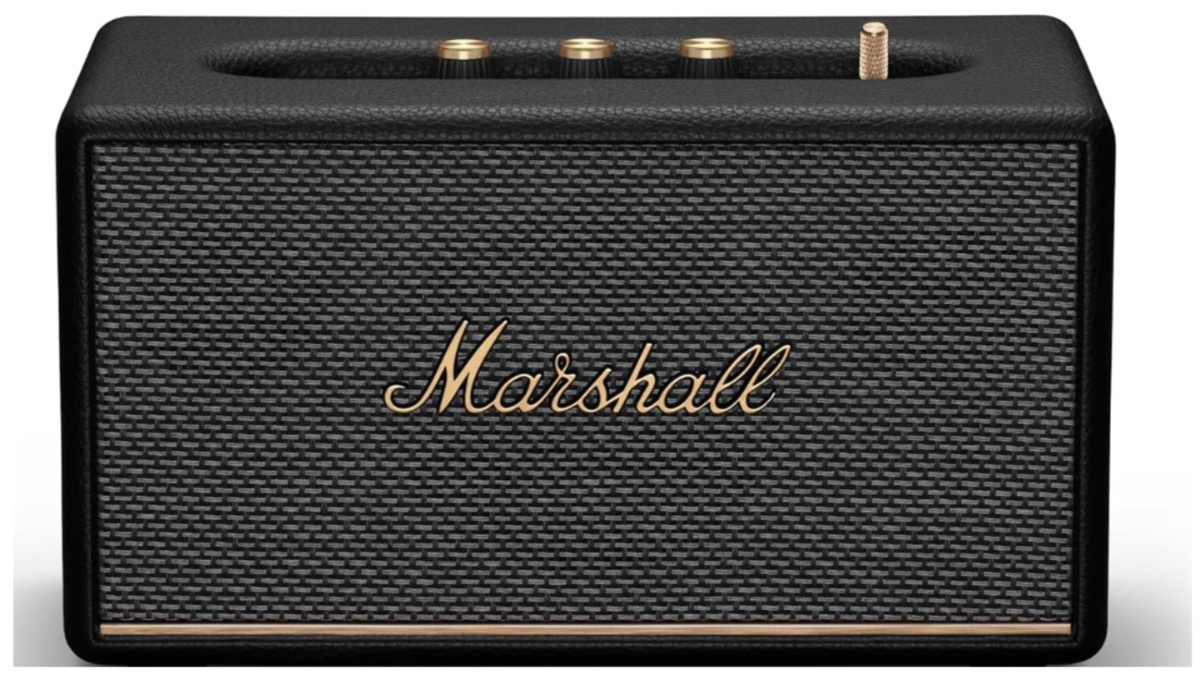
Science fiction is a funny thing. Not necessarily in the “laugh out loud hilarity with every warp jump” way, but in how wonderfully mutable it is as a genre. Time travel in a phone booth and time travel by a tiny metal box that can only be explained with graduate level physics language both qualify as science fiction.
Planet-sized space stations and tiny landers only a few spare tubes away from the lunar lander can and do both call science fiction their home. Men who take jet-packs to the office’s lunar campus each morning share a genre with women who spend years carefully training in neutral buoyancy tanks for extravehicular activity to repair a single key socket on a space station in Earth’s orbit.
From Star Wars to Sunshine science fiction has room for all of these and more, and for all of the many differences between them, everything listed above qualifies ably as science fiction. That being said, there is a general way to measure the amount of science present in any given work of science fiction.
In general, the more science that is legitimately provable and mathematically workable in a work, the “harder” it is. So, since Primer was written by an engineer who knew the math to make time travel seem plausible, if not possible, it would qualify as harder than Bill and Ted’s Excellent Adventure, where the time traveling phone booth runs on something that is never explained, but that might well be the greatest rock album of all time.
As rock and roll has currently not been linked to advanced physics, Bill and Ted’s science falls on the softer side of the scale. This does not make it a bad movie by any means, on the contrary, it is a pretty fantastic film. It is simply a work that is balanced more towards fiction than science than some of its peers.
Over the next few weeks, this series will spotlight a succession of increasingly hard science fiction films, examine why they fall where they fall in terms of hardness and why they are worth watching. Take it as a chance to see a liberal arts major try and write about science. Take it as a handy guide to good science fiction across the spectrum. Take it as a reminder of why the original Star Wars trilogy was such a great way to spend the day, since that is where this is going to start.
Today’s Film: Star Wars Episode IV: A New Hope
What type of science fiction is it? Very soft.
Star Wars qualifies as soft science fiction mainly for the presence of the fantastic. It is set in a galaxy tied together by an energy field that connects all life together and subtly influences everything from when and how people meet to how a torpedo flies. People with a sensitivity to it can learn to wield it as a tool or a weapon, and do everything from making an inconvenient guard forget they ever saw anything suspicious to pulling off a one-in-a-million shot on a minuscule target.
On a more scientific level, much of Star Wars’ technology is pretty impossible even without taking the Force into account. The series’ iconic lightsaber projects a blade of light that can cut through anything with no difficulty at all, but snap out of existence at the touch of a button. Even the basic handgun has become a complex device that generates a single bolt of super-hot plasma that can be aimed anywhere.
Space ships range in size from the descendants of World War II fighters to small moons, keep the vacuum of space out with everything from invisible force fields to plate glass and can generate artificial gravity despite being shaped like an oven mitt. Interplanetary and intergalactic travel takes a matter of hours, thanks largely to the presence of faster-than-light hyperspace travel.
Continue reading on the next page…








Published: Sep 18, 2012 09:11 pm